7 Must-Know Spice Secrets for Mastering Common Mexican Food at Home
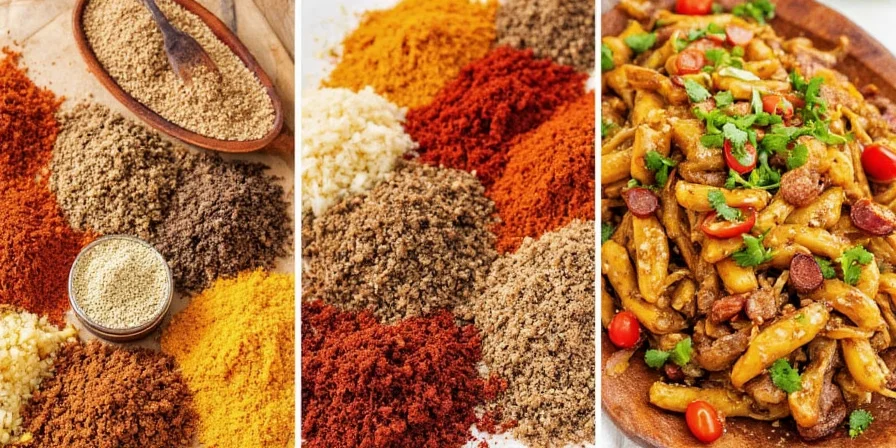
Table of Contents
- Introduction: The Spice is Life
- Spice 101: The Essential Pantry
- Taco Tips: From Cumin to Chili Powder
- Salsas & Sauces: Heat, Acidity, and Everything Nice
- Meat Magic: Marination & Dry Rubs Decoded
- Veggie Love: Spicing Up Your Plant-Based Mexican Dishes
- Heat Levels: Mild, Medium, or Macho?
- Storage Savvy: How to Keep Your Spices Fresh as a Jalapeño
- Conclusion: Spice Like a True Mexi-Fanatic
Introduction: The Spice is Life
If you’ve ever taken a bite of authentic Mexican street tacos and thought, “How does this taste so good?”, you’re not alone. But here’s the secret—it’s not just the meat or the tortilla; it’s the spices. In this guide, we’ll walk you through everything you need to know about spicing up your common Mexican dishes like a pro.

Spice 101: The Essential Pantry
Mexican cuisine isn’t all about heat—it's about balance. Here are the must-have spices every kitchen should have:
| Spice | Flavor Profile | Common Use |
|---|---|---|
| Cumin | Earthy, nutty, slightly bitter | Tacos, chorizo, mole sauces |
| Chili Powder | Smoky, mildly sweet | Fajitas, enchiladas, chili con carne |
| Garlic Powder | Robust, savory | Salsas, marinades, bean dishes |
| Oregano (Mexican) | Pungent, woodsy | Soups, stews, adobo sauces |
| Coriander | Citrusy, floral | Dry rubs, salsas, roasted vegetables |
| Paprika (Sweet or Smoked) | Smoky, mild sweetness | Adobo, seasoning blends, garnish |
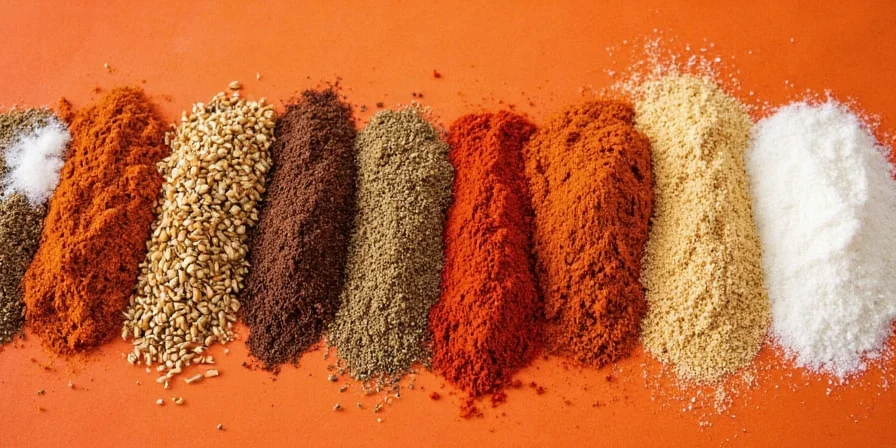
Taco Tips: From Cumin to Chili Powder
You can't talk Mexican without mentioning tacos. And you can’t make great tacos without nailing your spice blend. Here’s how to level up your taco night:
- Don’t be shy with cumin: A little goes a long way, but too much makes your dish taste like a Middle Eastern falafel stand gone rogue.
- Mix it yourself: Skip store-bought chili powder blends—they often include fillers. Make your own using ground ancho chili, garlic powder, smoked paprika, and a touch of cinnamon.
- Add acid at the end: A splash of lime juice or vinegar brightens the flavors and wakes up your taste buds.
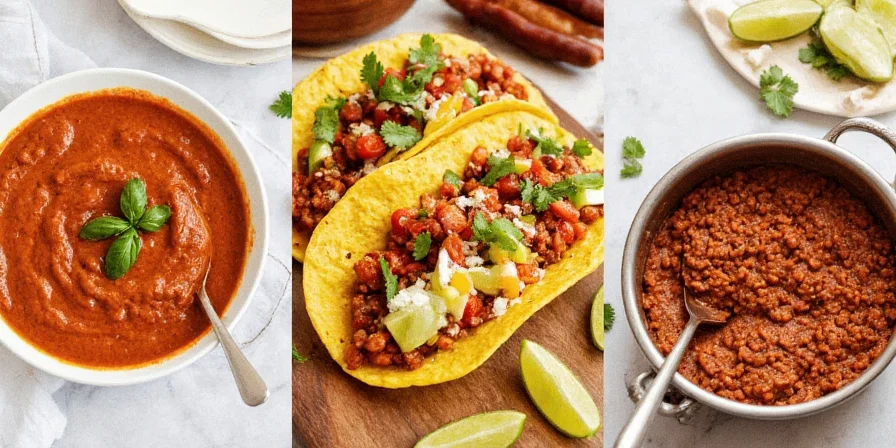
Salsas & Sauces: Heat, Acidity, and Everything Nice
Mexican cuisine wouldn’t be complete without its iconic salsas. Whether you prefer your salsa verde tangy or your habanero sauce fiery enough to make your eyes water, balancing spice, acidity, and freshness is key.
- Tomatillo = tart power: Salsa verde owes its punch to tomatillos. Roast them for depth and add a pinch of salt and dried chili for balance.
- Habanero hack: If you love the fruity flavor of habaneros but not the nuclear heat, remove the seeds and membranes before roasting.
- Use fresh herbs: Cilantro and epazote aren’t optional—they’re essential. They lift the flavors in ways that no spice jar can replicate.
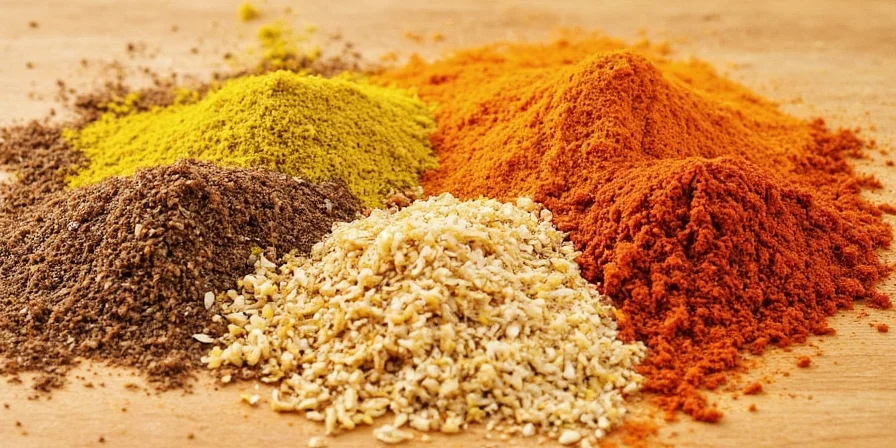
Meat Magic: Marination & Dry Rubs Decoded
Whether it’s al pastor, barbacoa, or carnitas, the secret behind tender, flavorful meat lies in the spice mix and how you apply it.
- Al Pastor = Achiote + Orange Juice: This traditional Yucatecan marinade uses annatto paste for color and orange juice for acidity. Don’t skip the vinegar—it helps break down proteins.
- Carnitas = Pork + Lard + Spice: Slow cook pork shoulder in lard with garlic, oregano, and black pepper. For extra crispiness, finish under the broiler.
- Dry rub vs. wet marinade: Dry rubs work best for grilled meats, while wet marinades are ideal for slow-cooking methods.
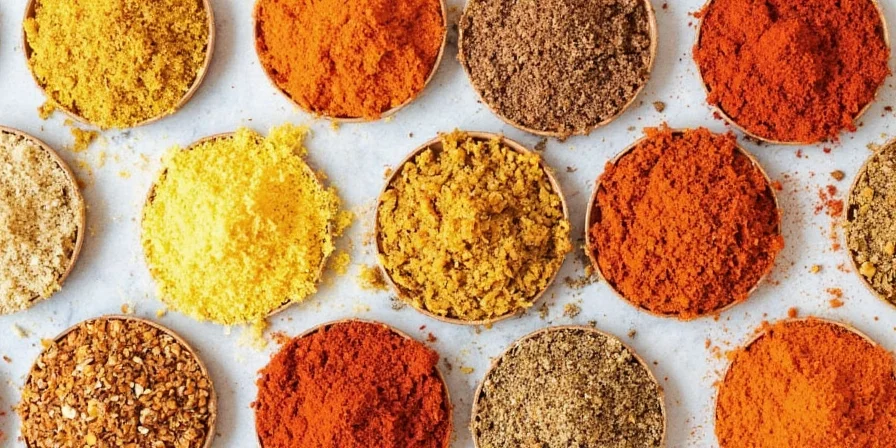
Veggie Love: Spicing Up Your Plant-Based Mexican Dishes
Who needs meat when you’ve got jackfruit tinga, roasted squash tacos, or mushroom huaraches? Just because you're plant-based doesn’t mean you have to miss out on spice.
- Jackfruit = Tacos Carnitas (kinda): Simmer young green jackfruit in a smoky chipotle adobo and season generously with ground cumin and coriander.
- Roasted veggie magic: Toss zucchini, corn, and bell peppers with olive oil, smoked paprika, and a bit of crushed red pepper flakes before roasting.
- Nopales get a flavor boost: Cactus paddles are mild, so dress them with lime, cilantro, and a sprinkle of ground cumin for added punch.
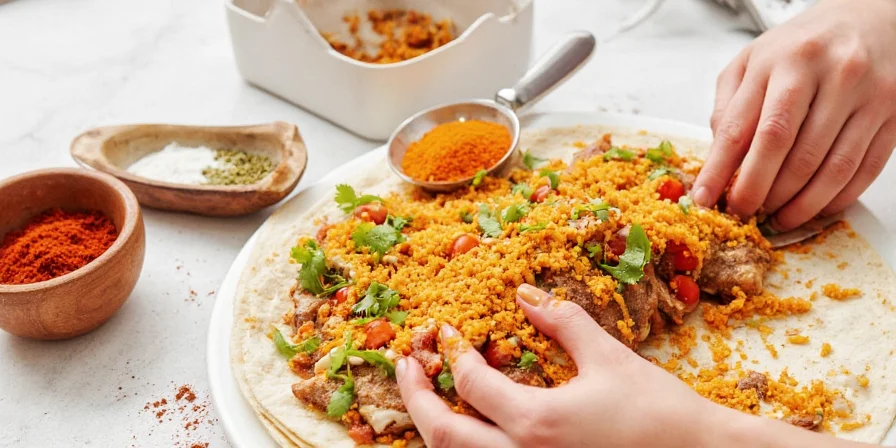
Heat Levels: Mild, Medium, or Macho?
When it comes to spice levels in Mexican food, there’s no one-size-fits-all. Know your chilies and adjust accordingly:
| Chili Pepper | Scoville Heat Units (SHU) | Best For |
|---|---|---|
| Bell Pepper | 0 SHU | Kid-friendly dishes |
| Poblano | 1,000–2,000 SHU | Stuffed chiles, rajas |
| Jalapeño | 2,500–8,000 SHU | Salsas, pickled toppings |
| Guajillo | 2,500–5,000 SHU | Red sauces, soups |
| Hatch Green Chile | Varies (1,000–30,000 SHU) | Southwest fusion dishes |
| Habanero | 100,000–350,000 SHU | Hot sauces, brave chefs only |
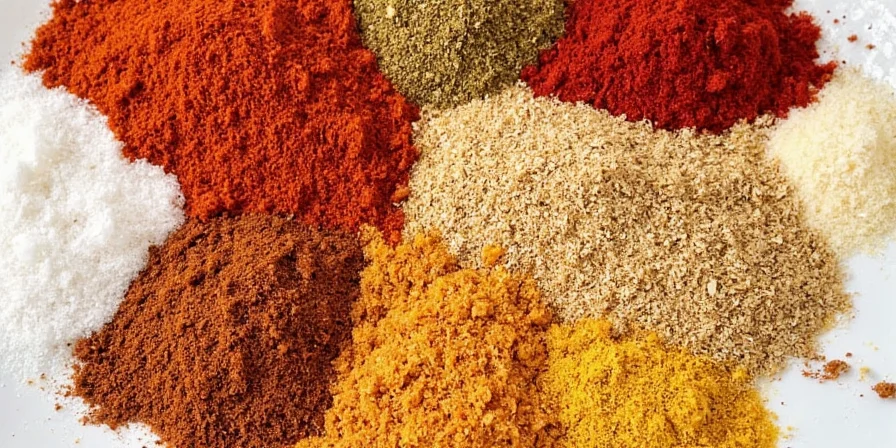
Storage Savvy: How to Keep Your Spices Fresh as a Jalapeño
Did you know most spices only last about 2–3 years before they lose potency? Here’s how to keep your stash fresh and fire:
- Air-tight containers: Store in glass jars away from direct light and moisture.
- Label and date: Spice jars don’t come with expiration dates—add your own.
- Buy in small batches: Especially for whole spices like cumin seeds, which grind fresher than pre-ground versions.
- Whole vs. Ground: Whole spices last longer. Grind them just before use for maximum aroma and flavor.
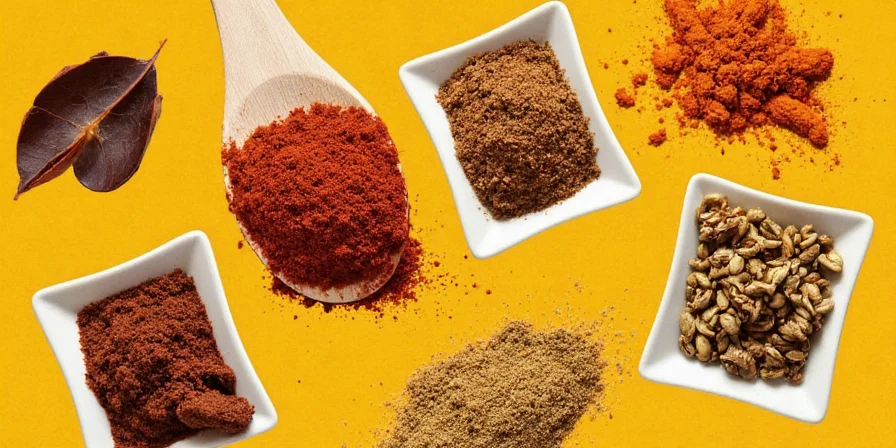
Conclusion: Spice Like a True Mexi-Fanatic
Mexican food is more than a meal—it’s a celebration of culture, tradition, and flavor. With these spice secrets in your culinary arsenal, you’ll be whipping up tacos, salsas, and stews that would make abuela proud.
So go ahead, embrace the heat, and let those spices shine. After all, life is too short for bland food.

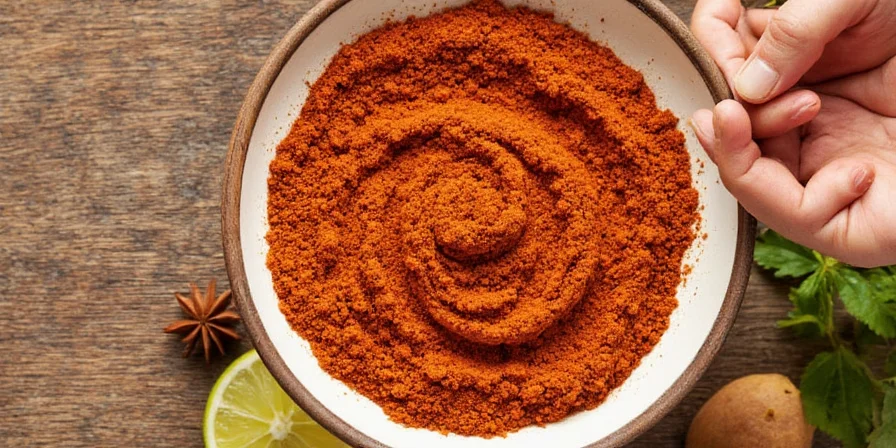









 浙公网安备
33010002000092号
浙公网安备
33010002000092号 浙B2-20120091-4
浙B2-20120091-4